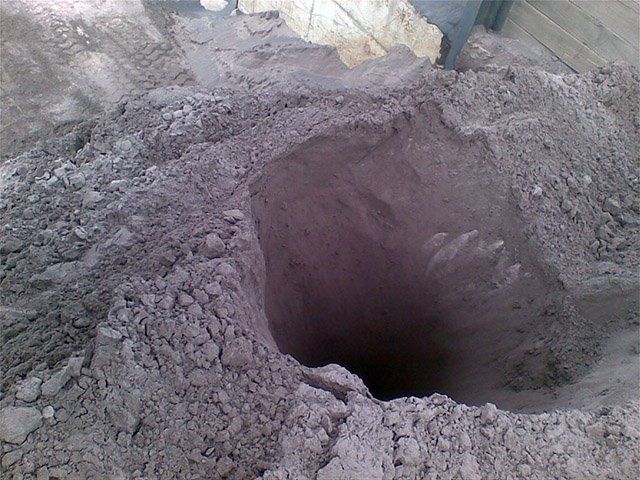Live Capacity
When capacity is reduced, less material actively flows through the silo, hopper, bunker or chute, and into the plant, which makes plant inefficient.
Live capacity is the reduced amount of material flowing through a silo, hopper, bunker or chute. In areas like the chute, reduced live capacity affects product flow which will alter the impact zone, leading to increased wear in areas not designed to wear and increasing the chance of misalignment. Misalignment leads to spillage, belt wear and structural damage, and eventually reduces belt life.
Reduced Amount
of Material Flow
The reduced amount of material flow from the silo, hopper, bunker or chute, creates a number of issues. It reduces plant efficiency because as the live capacity is reduced, less material actively flows through the silo, hopper, bunker or chute, and into the plant. This means material is more likely to run out and result in reduced efficiency.
In order maximise live capacity, flow aid devices are used to promote the movement of the bulk materials through the hoppers, stockpiles, silos and chutes. Air cannons or air blasters use compressed air to create an explosive force that is used to dislodge and prevent build-ups, blockages and clinging material from the walls of hoppers, stockpiles, silos or chutes.

Vibrators can be also utilised to shift clinging materials and thus maximise live capacity.
Is your site 100% efficient?
We have branches in major mining centers where we provide advanced technology and expertise to help you solve your fugitive material problems. Our ESS service technicians are available to offer on-site surveying services, troubleshooting, and monitoring of conveyor accessory components. We also provide on-site staff training to identify safety hazards and effective solutions.
ESS Products & Solutions
In order to maximise live capacity, flow aid devices are used to promote the movement of bulk materials through hoppers, stockpiles, silos, and chutes.
ESS R&D Innovations
-
Air CannonsESS Air Cannons List Item 1
An air cannon is a device that is used for flow-aid purposes. It helps to prevent and clear blockages in the process of bulk material handling. These blockages can occur in different structures like hoppers, silos, chutes, and stockpiles, where dry bulk materials are stored and transported.
-
Vibration SystemsVisit VSS Website List Item 2
We offer a range of vibration solutions for various applications, including unblocking products, feeding small parts, maintaining consistent product flow, and compacting materials such as sand and concrete.
-
Belt Support and Idler SystemsESS Belt Support Systems & Change Idler Frames List Item 3
ESS provides a range of change idler solutions that simplify the installation of replacement idlers, particularly in confined spaces or areas with narrow walkways. These solutions are also useful for conveyors that are elevated above land or sea. It is also recommended to install a sealing support system between the idlers beneath the loading point to stabilize the belt. This system should be installed as far down the conveyor line as necessary.
Call us today on 1800 074 446 for more details about our products and services.
Quick Links
Contact Information
Certifications
AS/NZS ISO 9001:2015
Safety, AS/NZ 4801:2001
ICS Registered No 946/97 & 06/2982

